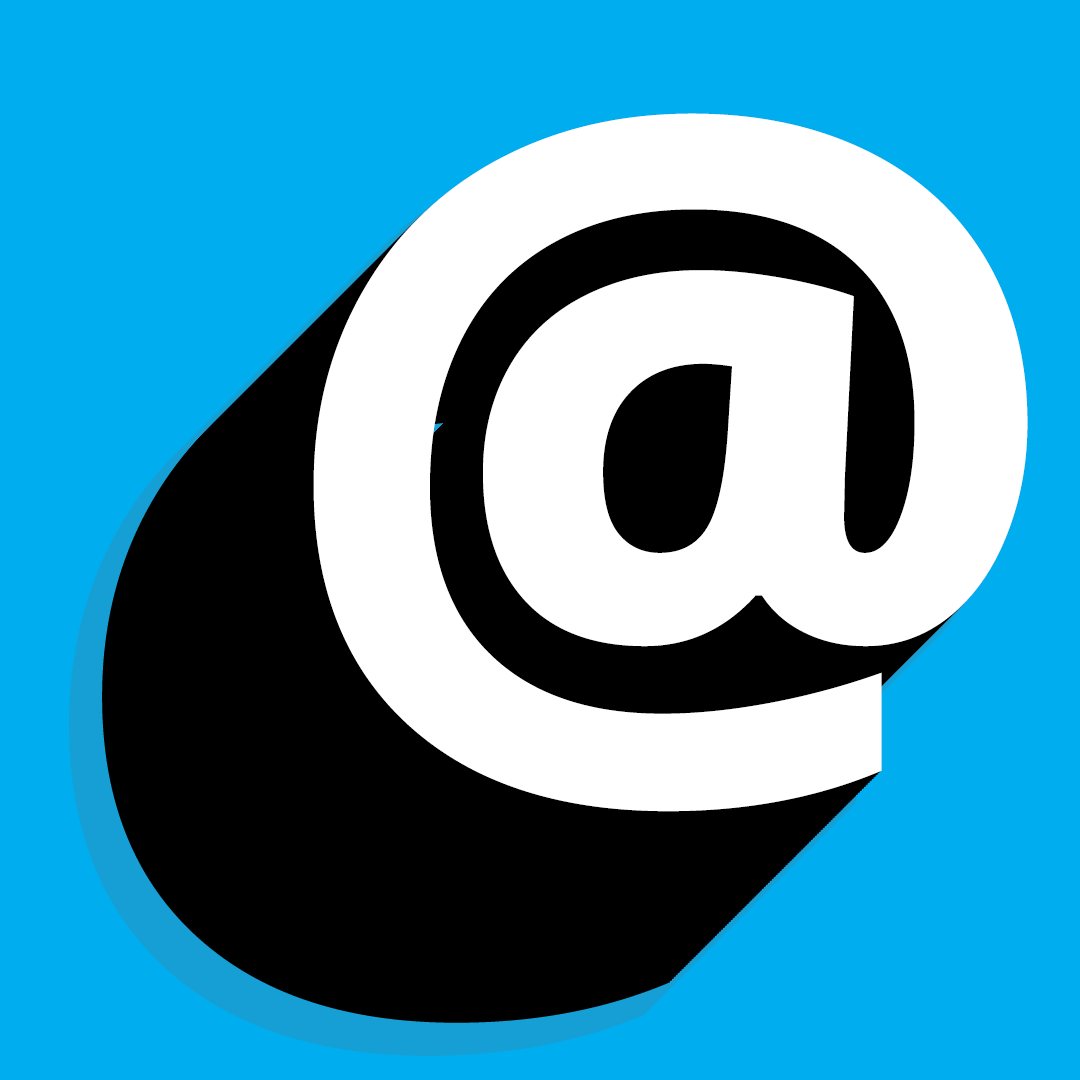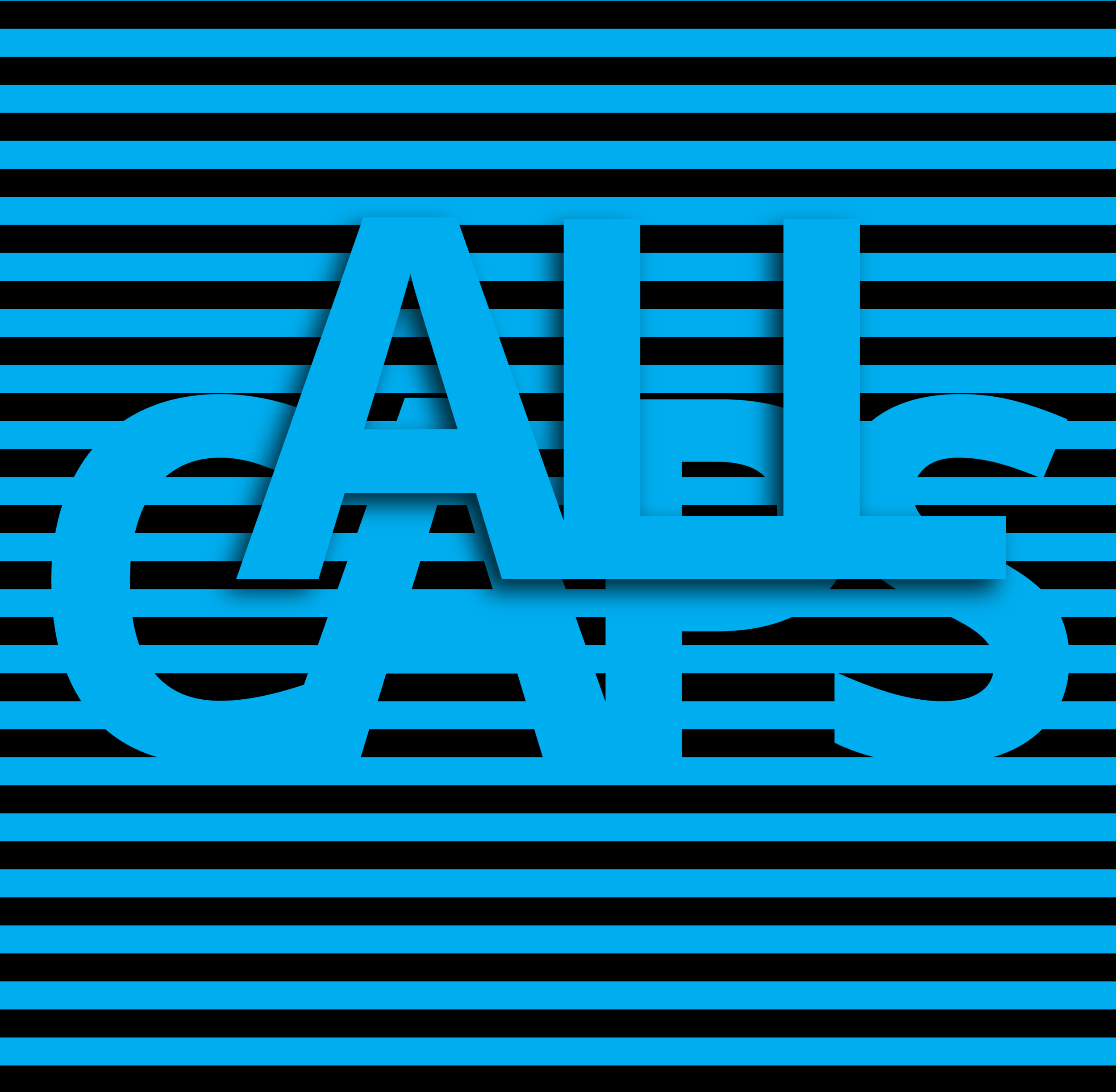There are very few reasons, if but one, to use this symbol. But where did it come from? And why is it? You may or may not find answers within.
Read MoreIn brief, don’t do it. It’s not fun to be shouted at, nor is it polite to shout—and all caps are both unappealing and sound like shouting. But, want to know something interesting? Get in here.
Read MoreHow do you use emojis in writing? Here’s what I love about language: it changes with the will of the people. As such, it only makes sense that there ought to be a style guide entry for emoji and emoticon usage; I don’t mind change, but I do like order, so here are some handy guidelines.
Read MoreWhat is an ampersand, how does one use one, and where did it come from? Its name is as curious as its curvature and using one correctly is just as pleasing as looking at it. The guidelines are simple, too.
Read MoreMost people instinctively understand what colons are for: they signal a big announcement. There’s a gravitas to them. There’s a visual clue you’re underlining something. There’s a note to your eyes to stop reading for a second and connect what follows. But how do you use a colon?
Read MoreThis mark has a few functions but the signature use, if you will, is to omit words or passages of text. Don’t you love the Ancient Greeks? We’ve them to thank for the name, not Chicago. Speaking of, I have to disagree with the Windy City. I don’t want to fight, but their style looks out of date to me…
Read MoreDouble quotation marks are older than single quotation marks, which came about around the 1800s in the UK. They originally indicated important text in manuscripts, but over time became the way we indicate direct quotes. But, who’s William and what’s he got to do with the price of learning grammar? Liam too?
Read MoreThere are some plurals that crop up which don’t require an apostrophe, but would nonetheless look confusing or strange without one—but mind yourself, because banana’s isn’t one of them. If you’re tired of being called a grocer or you want to know why you’ve been lied to your whole life (about apostrophes, I don’t know your life history) get in here and find out how to use an apostrophe.
Read MoreSo as not to bury the lede, let’s get right to it: Question marks have just one use—to indicate an interrogative clause. That’s word-speak for “ask a question”. But, how did the glyph come into being? That's a cool story.
Read MoreHave you ever wondered about the difference between brackets and parentheses? How do you maintain journalistic integrity? Can you add a period outside a closing bracket? Answers to all these questions, and more, in this exciting episode of the style guide: how to use brackets and parentheses.
Read MoreHyphens can be confusing, but there is a certain logic to them. Their main uses are to signal a semantic relationship between words and to avoid confusion. Sounds simple, right? No, because English. Want to know the many which ways? Get in here.
Read MoreI’m a stickler for them—everyone around me knows this. One of my favourite things to spot in a writer is their en dash and em dash knowhow. Let me be clear: it does not signify a solid gold copywriter. It just means I’ve found a fellow style enthusiast (pedant) like me.
Read MoreCommas are the trickiest. There are so very many rules to using them, and not all of them are easy to get your head around. Meanwhile, there's this Aldus Manutius chap as well. Ready to dive in? Be brave, and buckle up.
Read MoreNo matter how tempted you might be to use one, you almost never need to use an exclamation mark. We've got an ongoing joke that every writer gets just one in their whole career. So how should you use one? And what's this about hurray?
Read MoreAsterisks are normally used to indicate a footnote containing extra clarifications or information. They can also point to legal disclaimers, omissions, and ungrammatical constructions. But how do you format them in your copy?
Read MoreI’ve often heard people refer to semicolons as “more powerful than a comma but less powerful than a full stop”, which is semi true. This doesn’t quite unpack how to use one, though. Ready to find out?
Read MoreYou could be forgiven for thinking that this one little dot has just a single purpose but, depending on where you’re writing, you'd be wrong. So what else can they do, besides ending a sentence with a period or full stop?
Read More
















